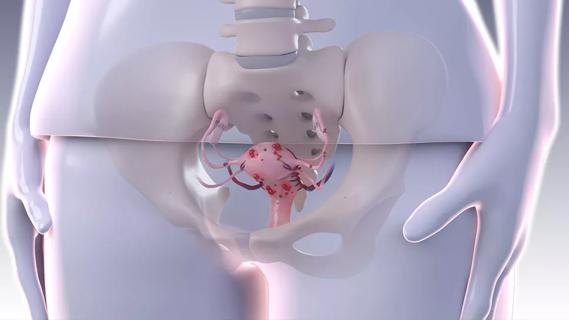Advertisement

Newer drugs can affect likelihood of pregnancy

VMS in menopausal women can lead to adverse health outcomes

Surgical video highlights techniques for optimizing myomectomy

Blood test along with ultrasound is beneficial for twin pregnancies
Advertisement
Cleveland Clinic is a non-profit academic medical center. Advertising on our site helps support our mission. We do not endorse non-Cleveland Clinic products or services. Policy

Trial examines novel approach for a disease with a high mortality rate

New guidelines let the patients steer the process

Comparing strategies for cesarean prophylaxis with penicillin allergy

An underdiagnosed condition in patients with cancer

Systemic change needed to improve health outcomes for parents and children, say researchers

Counseling and careful surgical considerations are key
Advertisement
Advertisement